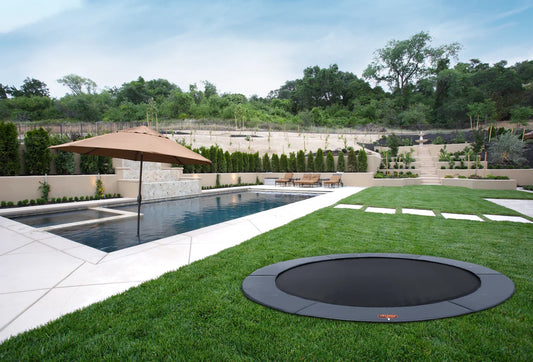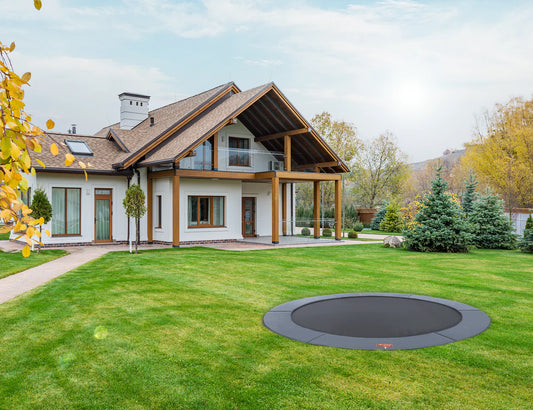News

HOW TO MAKE AN INFORMED TRAMPOLINE DECISION
How To Make An Informed Trampoline Decision There is no doubt that in-ground trampolines are fun for everyone in the family – children and adults. When you’re trampoline shopping you...
HOW TO MAKE AN INFORMED TRAMPOLINE DECISION
How To Make An Informed Trampoline Decision There is no doubt that in-ground trampolines are fun for everyone in the family – children and adults. When you’re trampoline shopping you...

ARE YOU USING YOUR TRAMPOLINE EVEN MORE?
Are You Using Your Trampoline Even More? “I’m bored…” How often have your children been saying that since the coronavirus pandemic hit and they are now forced to stay home...
ARE YOU USING YOUR TRAMPOLINE EVEN MORE?
Are You Using Your Trampoline Even More? “I’m bored…” How often have your children been saying that since the coronavirus pandemic hit and they are now forced to stay home...

SHOULD YOU WEAR SHOES ON A TRAMPOLINE?
Should You Wear Shoes On A Trampoline? Walking barefoot — you either love it or you cringe when you think about it. Should you wear shoes on a trampoline? That...
SHOULD YOU WEAR SHOES ON A TRAMPOLINE?
Should You Wear Shoes On A Trampoline? Walking barefoot — you either love it or you cringe when you think about it. Should you wear shoes on a trampoline? That...

ROAD TO NEW YORK CITY MARATHON
Road to New York City Marathon The New York City Marathon is one of the largest in the world. The 2014 New York Marathon saw over 50 thousand runners, participants...
ROAD TO NEW YORK CITY MARATHON
Road to New York City Marathon The New York City Marathon is one of the largest in the world. The 2014 New York Marathon saw over 50 thousand runners, participants...

HOW TO WORK AN IN-GROUND TRAMPOLINE INTO LANDSC...
How To Work An In-ground Trampoline Into Landscaping Plans “We want a trampoline!” Whether it’s your children begging for one or whether you’ve been thinking it inside your head you...
HOW TO WORK AN IN-GROUND TRAMPOLINE INTO LANDSC...
How To Work An In-ground Trampoline Into Landscaping Plans “We want a trampoline!” Whether it’s your children begging for one or whether you’ve been thinking it inside your head you...

ABOVE-GROUND VS. IN-GROUND TRAMPOLINES
Above-ground Vs. In-ground Trampolines Above-ground vs. in-ground trampolines. They each have their advantages and “disadvantages” the biggest of which is whether you want something that is more “permanent” or one...
ABOVE-GROUND VS. IN-GROUND TRAMPOLINES
Above-ground Vs. In-ground Trampolines Above-ground vs. in-ground trampolines. They each have their advantages and “disadvantages” the biggest of which is whether you want something that is more “permanent” or one...